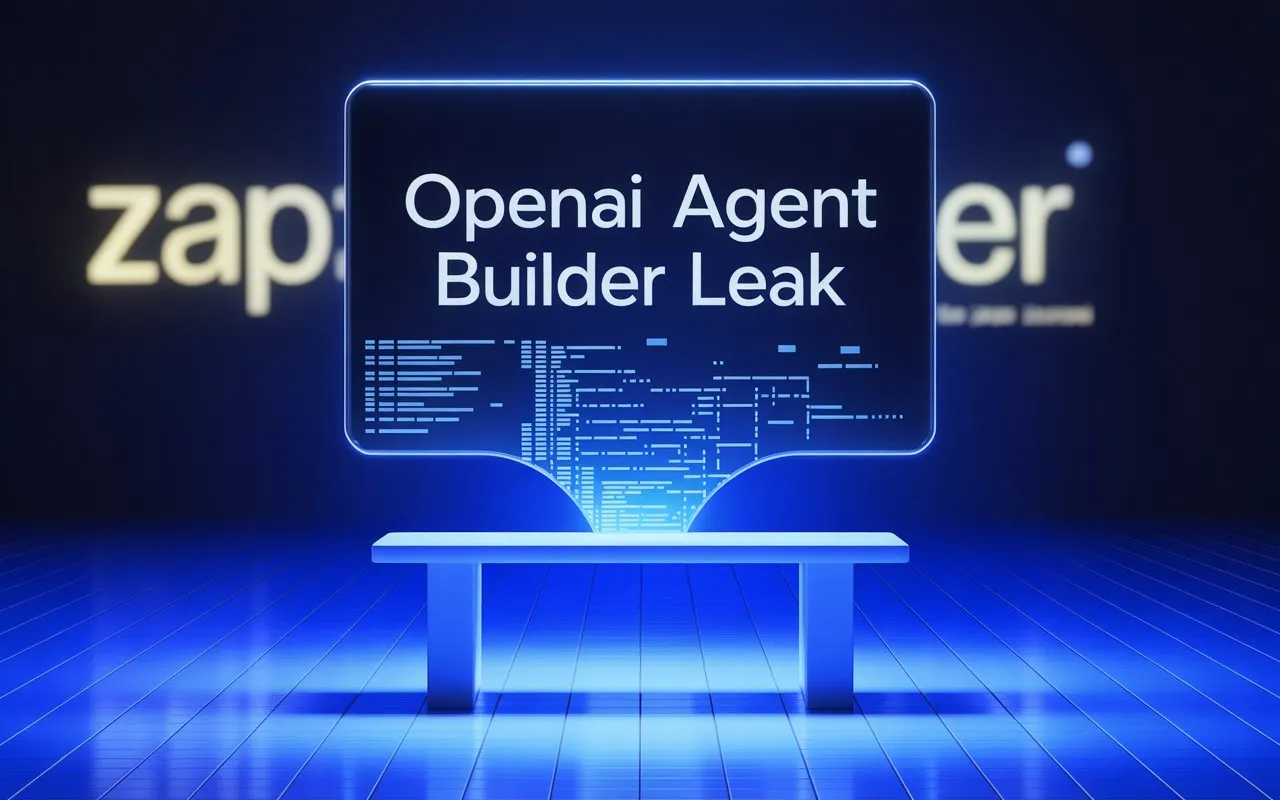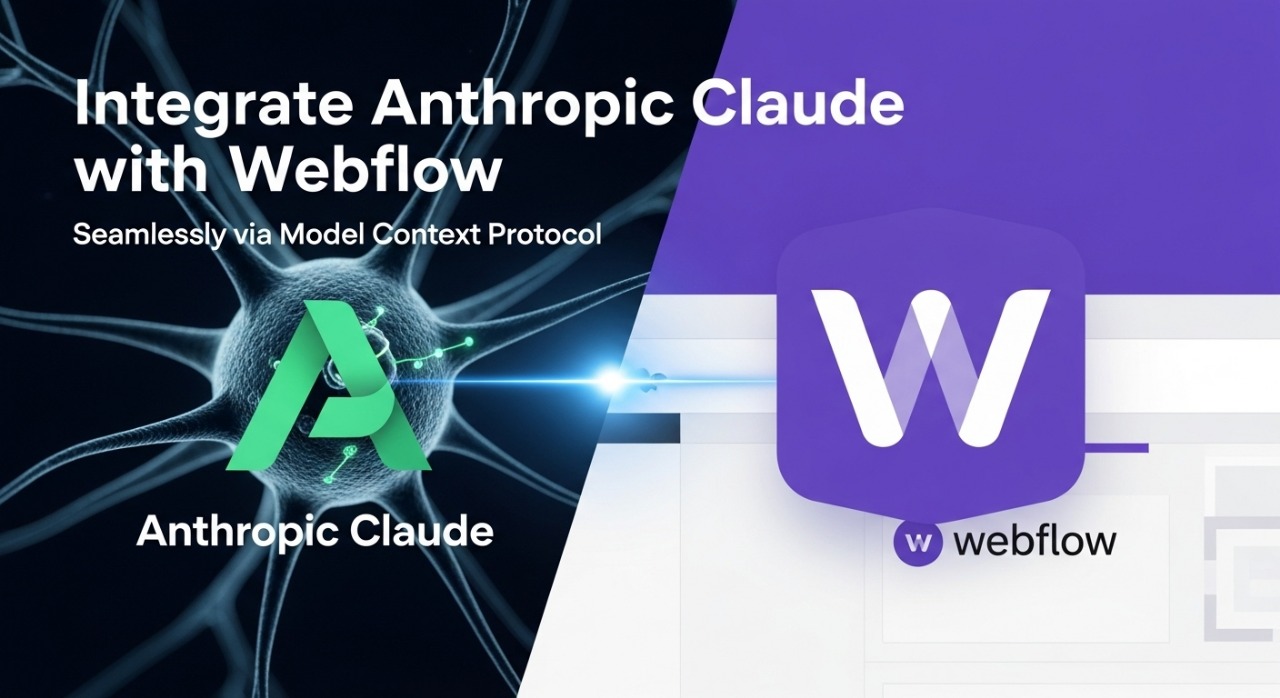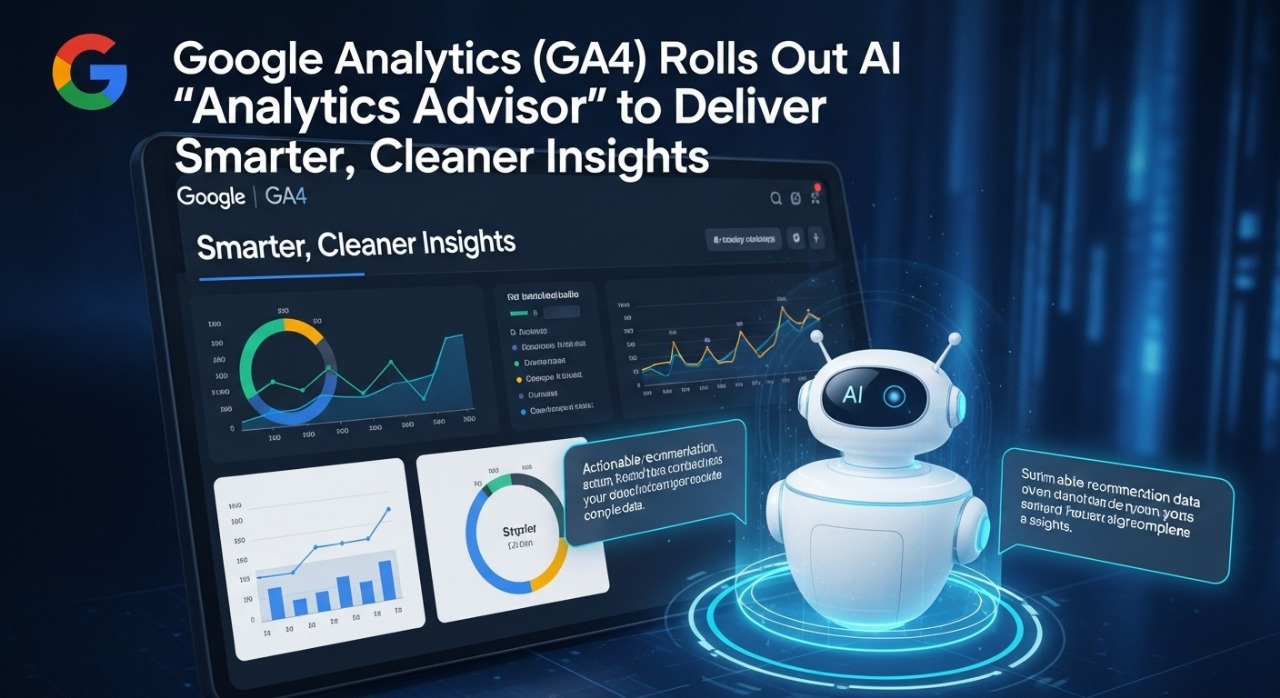OpenAI is generating buzz with reports that its latest leak hints at OpenAI Agent Builder, a drag-and-drop system that could become a serious Zapier alternative. The leaked preview claims the tool allows users to assemble AI agents and workflows visually, combining logic nodes, connectors, guardrails, and user approvals. This shows OpenAI is targeting automation platforms like n8n, Make, and Zapier directly. The implication: developers and businesses may soon configure complex agent pipelines without writing lines of code. The question now is whether Agent Builder can deliver robustness, scale, and integration depth that rival incumbents. In this article, we’ll analyze the leak details, compare with Zapier’s strengths, surface investor and user reactions, and draw takeaways for tech and AI investors. By the end, you’ll know how big the threat or opportunity really is.
Leak Details & Capabilities
Sneak Peek into the Canvas
Sources say the Agent Builder leak shows a polished visual canvas where users drag modules like “if-else logic,” “loop,” “file search,” and “data transform,” then connect them. The tool reportedly supports Model Context Protocol (MCP) connectors, widget integration, and node-level guardrails. This shows OpenAI intends to match, if not outdo, the flexibility Zapier and n8n offer.
Pricing and Market Intention
Industry analysis suggests OpenAI might price deployments in the USD $50,000 to $500,000 per client range for enterprise use. (Medium) These points at targeting mid-to-large customers, not solo devs. This suggests OpenAI is positioning Agent Builder as a premium Zapier alternative with an enterprise focus.
Risk & Guardrail Strategy
The leak mentions built-in guardrail mechanisms to manage data privacy and behavior constraints. (OpenAI) Because agents operate with tool access, risks like prompt injection and misuse emerge. A recent research paper proposed RTBAS, which defends agent systems from malicious prompt calls. This shows OpenAI must balance innovation with safety if it wants this product to succeed.
Market takeaway: The leak positions Agent Builder as a credible Zapier alternate but success hinges on integration depth, reliability, and trust.
Comparison: Agent Builder vs Zapier
Feature Parity & Differentiation
Zapier has long offered user-friendly automation linking apps via triggers, actions, filters, and conditional steps. Its ecosystem supports over 7,000 apps. Agent Builder aims to go beyond generic automation by embedding AI decision logic and allowing dynamic chaining of agents, not just fixed triggers. This could give Agent Builder an edge over Zapier for tasks requiring reasoning or adaptive logic.
Integration Ecosystem & Vendor Lock-In
Zapier’s strength lies in broad app support and vendor neutrality. If Agent Builder remains locked into OpenAI’s infrastructure or limits model choices, it risks alienating multi-cloud and hybrid users. A Reddit post already debates this:
“Will it allow using non-OpenAI models?” (Reddit)
This shows early skepticism about openness.
Reliability and Scaling
Zapier has earned trust over years; it handles millions of workflows reliably. A new entrant must match this stability. The leak indicates Agent Builder is still in preview and may struggle under production loads. Developers will test throughput, error handling, rate limits, and latency.
Market takeaway: Agent Builder’s AI logic may outpace Zapier on sophistication, but it must prove robustness and openness to gain traction.
Investor & Market Sentiment
Investor interest is heating up: Greg Isenberg posted on X:
“the rumor is openai drops ‘agent builder’ tomorrow … that’s a BIG DEAL” (X (formerly Twitter))
Aaron Levie also weighed in:
“Big news from OpenAI today. The new OpenAI Agent Builder will bring agentic workflows to the mainstream.” (X (formerly Twitter))
Such signals amplify expectations and hype in AI infrastructure circles. On Reddit, users in the n8n community already use the phrase “RIP n8n” to express fear that OpenAI may eclipse smaller platforms.
Still, a fraction of open‐source and self-hosting advocates remain cautious. They worry about vendor lock-in, pricing models, and reliance on OpenAI’s API.
From a market sentiment view, the leak has introduced excitement, but skepticism and wait-and-see attitudes remain strong.
Conclusion
OpenAI Agent Builder leak paints a plausible roadmap for their entry into workflow automation, directly challenging Zapier and similar tools. As a Zapier alternate, it brings AI logic and agent chaining in a visual interface. Yet to win, it must match Zapier’s reliability, expand integrations, and offer flexibility. For investors, the leak indicates OpenAI is broadening from models to platform infrastructure. That shift can unlock new revenue streams but also intensify competition in AI tooling. Watching the full DevDay reveal and early adoption metrics will tell whether Agent Builder is a credible challenger—or a promising concept that fails to gain traction.
FAQs
1. What is “OpenAI Agent Builder” exactly?
OpenAI Agent Builder is a tool, revealed via a leak, that allows users to compose AI agents and workflows using a drag-and-drop canvas. It supports logic nodes, connectors, data transformations, guardrails, and integrations. The aim is to let developers build agentic systems without deep coding, positioning it as a Zapier alternative for smart workflows.
2. How does Agent Builder compare to Zapier?
Zapier connects apps using triggers and actions; it excels at stable, predefined workflows. Agent Builder adds adaptive logic, AI decision-making, and agent chaining. If it delivers, it could solve more complex automation problems. However, Zapier’s strength lies in reliability, breadth of integrations, and neutrality. Agent Builder must match those to displace Zapier.
3. What are the risks of relying on Agent Builder?
Key risks include vendor lock-in, dependency on OpenAI’s models and infrastructure, data privacy issues, and the challenge of managing agent failures. Prompt injection attacks, API rate limits, or outages could disrupt workflows. Enterprises will demand robust SLAs and transparency.
4. Would Agent Builder support non-OpenAI models?
That point remains uncertain. In Reddit discussions, some users ask whether the platform allows plugging in third-party or self-hosted models. (Reddit) If it remains locked to OpenAI only, it may limit adoption by those who prefer flexibility.
5. Should investors care about this development?
Yes. If OpenAI successfully turns models into a full platform with workflow automation, revenue diversification expands. This potentially raises the company’s valuation and influence in enterprise infrastructure. But success depends on execution, performance, and community uptake. Investors should track DevDay announcements, early adoption, and integrations.








.svg)
.svg)